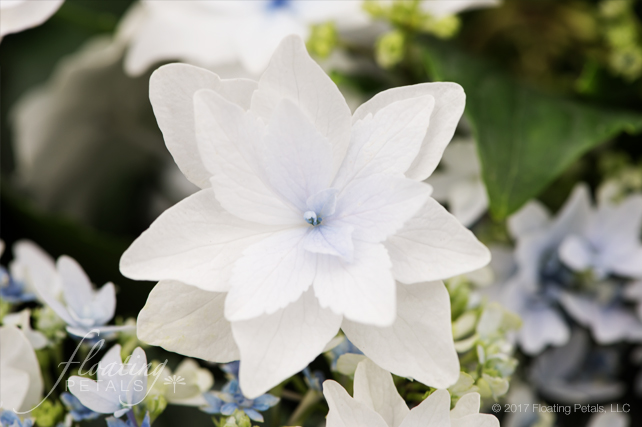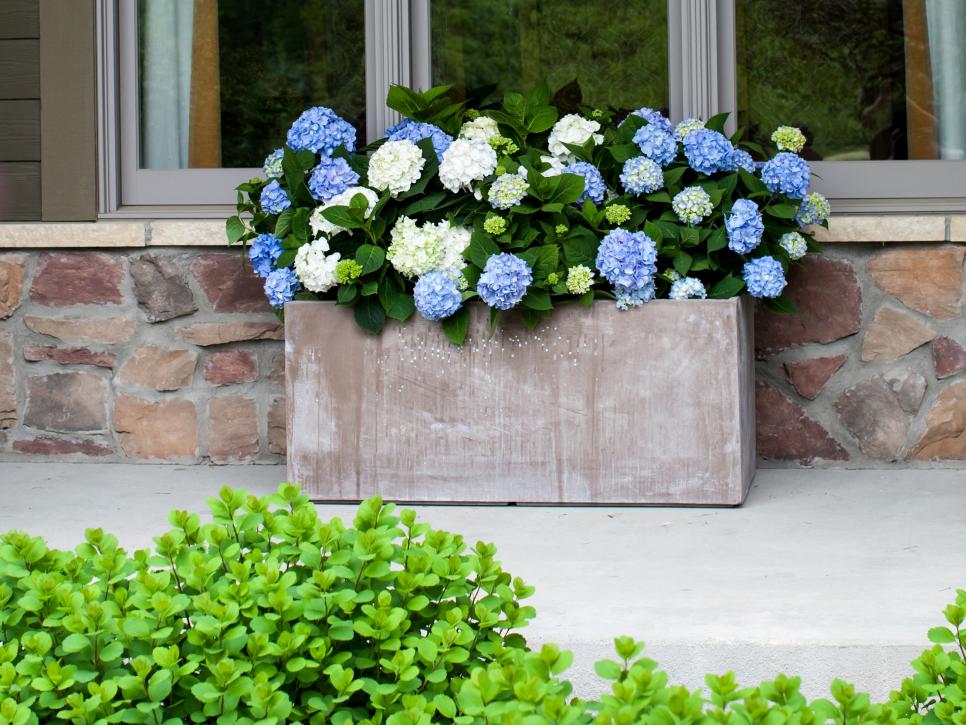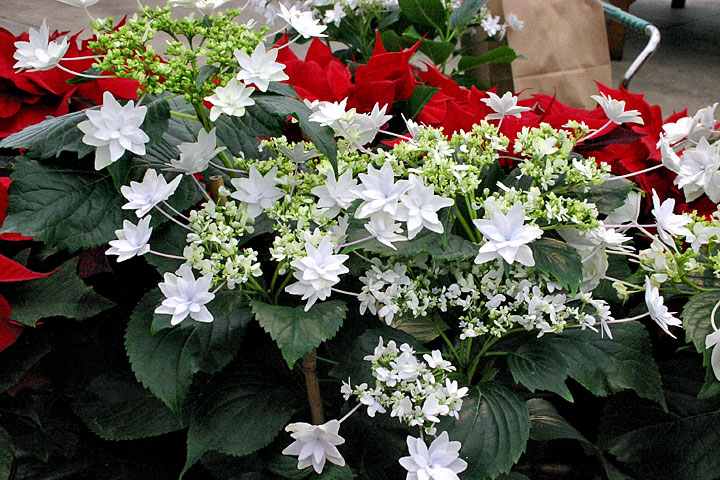How To Grow Shooting Star Hydrangeas For Stunning Blooms
Shooting star hydrangeas (Hydrangea macrophylla 'Hanabi') are a stunning variety of hydrangea that are known for their large, star-shaped flowers. They are a relatively easy plant to grow, but there are a few things you can do to ensure that they thrive and produce their best blooms.
Choosing the right location
Shooting star hydrangeas prefer full sun to partial shade. They will tolerate some direct sunlight, but too much sun can scorch their leaves. They also need well-drained soil that is rich in organic matter. If your soil is sandy or clayey, you will need to add compost or other organic matter to improve drainage.
Planting
Shooting star hydrangeas can be planted in the spring or fall. When planting, dig a hole that is twice as wide and as deep as the root ball of the plant. Amend the soil in the hole with compost or other organic matter. Place the plant in the hole and backfill with soil, tamping down gently to remove any air pockets. Water the plant thoroughly after planting.
Watering
Shooting star hydrangeas need regular watering, especially during the first year after planting. Water deeply once a week, or more often if the weather is hot and dry. Mulching around the plant will help to retain moisture in the soil.
Fertilizing
Shooting star hydrangeas benefit from a light application of fertilizer in the spring. Use a balanced fertilizer, such as 10-10-10, and follow the directions on the label. You can also fertilize with compost or other organic matter.
Pruning
Shooting star hydrangeas flower on old wood, so it is important to prune them in the spring, after they have finished blooming. Prune back any dead, diseased, or damaged branches. You can also prune to shape the plant. If you want to encourage more blooms, you can prune back the plant by about one-third.
Overwintering
Shooting star hydrangeas are hardy in USDA zones 5 to 9. In colder climates, they may need to be protected from the cold. You can do this by covering the plant with a burlap sack or other protective material.
With proper care, shooting star hydrangeas will thrive and produce stunning blooms for many years to come.
If you are looking for a unique and stunning hydrangea to add to your garden, the shooting star hydrangea is a great option. These plants are known for their long, cascading blooms that can reach up to 6 feet in length. The blooms are typically a bright pink color, but they can also be white, blue, or purple. Shooting star hydrangeas are relatively easy to care for and are hardy in USDA zones 4-9.
To learn more about shooting star hydrangeas, visit Home Gardening. This website has a wealth of information on the plant, including its care requirements, planting tips, and more. You can also find photos of different shooting star hydrangeas, so you can see what they look like in different stages of growth.
FAQ of shooting star hydrangea
- What is a shooting star hydrangea?
A shooting star hydrangea is a type of hydrangea that is known for its long, cascading flower clusters. The flowers are typically white or pink, but can also be blue or purple depending on the soil pH. Shooting star hydrangeas are relatively easy to care for and can grow in a variety of climates.
- How do I plant a shooting star hydrangea?
The best time to plant a shooting star hydrangea is in the spring or fall. Choose a location that receives full sun or partial shade. The soil should be well-drained and slightly acidic. Dig a hole that is twice the size of the root ball of the hydrangea. Place the hydrangea in the hole and backfill with soil. Water the hydrangea thoroughly.
- How do I care for a shooting star hydrangea?
Shooting star hydrangeas need regular watering, especially during the first year after planting. Water the hydrangea deeply once a week, or more often if the weather is hot and dry. Fertilize the hydrangea in the spring and fall with a balanced fertilizer. Deadhead spent flowers to encourage new blooms.
- What are some common problems with shooting star hydrangeas?
The most common problems with shooting star hydrangeas are leaf spot, powdery mildew, and aphids. Leaf spot is a fungal disease that causes brown spots on the leaves. Powdery mildew is a fungal disease that causes a white powdery coating on the leaves. Aphids are small, sap-sucking insects that can cause leaves to wilt and curl. To treat leaf spot, prune away infected leaves and apply a fungicide. To treat powdery mildew, apply a fungicide or insecticidal soap. To control aphids, spray the hydrangea with insecticidal soap or neem oil.
- How do I overwinter a shooting star hydrangea?
In cold climates, shooting star hydrangeas may need to be protected from the cold. Mulch the roots of the hydrangea with a layer of organic matter, such as leaves or bark. You may also need to cover the plant with a burlap sack or other protective material.
Image of shooting star hydrangea
- Shooting star hydrangea in full bloom. The star-shaped blooms are white, with a hint of pink in the center. The leaves are dark green and shiny.

- Close-up of a shooting star hydrangea bloom. The individual petals are delicate and lacy.

- A row of shooting star hydrangeas in a garden. The plants are in full bloom, and the flowers are a beautiful contrast to the dark green leaves.
- A shooting star hydrangea in a pot on a patio. The plant is in full bloom, and the flowers are cascading over the sides of the pot.

- A shooting star hydrangea in a wooded area. The plant is in full bloom, and the flowers are a beautiful addition to the forest landscape.
- A shooting star hydrangea in a vase on a table. The flowers are a beautiful centerpiece for a dining table or coffee table.

- A shooting star hydrangea in a flower bed. The plant is in full bloom, and the flowers are a beautiful addition to the garden landscape.

- A shooting star hydrangea in a hedgerow. The plant is in full bloom, and the flowers create a beautiful backdrop for the hedgerow.

- A shooting star hydrangea in a meadow. The plant is in full bloom, and the flowers add a touch of elegance to the meadow landscape.

- A shooting star hydrangea in a park. The plant is in full bloom, and the flowers provide a beautiful backdrop for a park bench or a playground.

Post a Comment for "How To Grow Shooting Star Hydrangeas For Stunning Blooms"